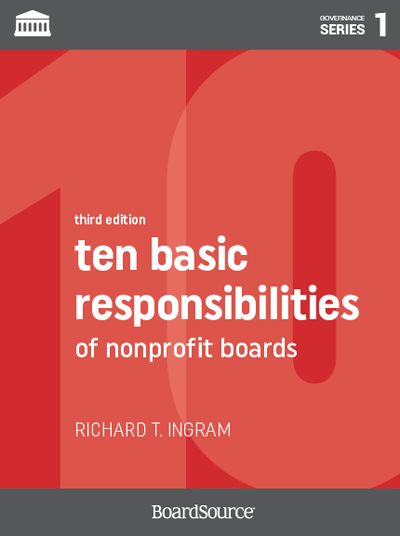Nonprofit Agency: Expert Support for Your Mission and Neighborhood Impact
The Value of Collaboration and Partnership for a Nonprofit Company in Maximizing Resources and Enhancing Community Engagement
In the world of not-for-profit companies, partnership and partnership emerge as essential systems for magnifying sources and cultivating area involvement. By purposefully engaging with various other companies, nonprofits can take advantage of shared expertise and financial support, therefore attending to facility social challenges a lot more adeptly. In addition, these partnerships not just boost program effectiveness but also cultivate a much deeper feeling of neighborhood involvement and possession. Yet, real capacity of these joint efforts commonly remains untapped, questioning concerning just how ideal to navigate collaborations for optimum impact and continual success. What aspects add to the efficiency of these collaborations?
Advantages of Partnership

Additionally, collaboration promotes innovation by encouraging the exchange of ideas and finest methods. When companies collaborate, they can discover varied viewpoints, leading to innovative solutions that may not emerge in seclusion. This common analytic method can eventually improve solution distribution and program end results.
Furthermore, collective efforts can improve community involvement. When nonprofits partner with each other, they can activate broader assistance from stakeholders, including volunteers, contributors, and area members. This cumulative interaction not only increases presence but additionally strengthens the credibility of the getting involved companies.
Structure Strategic Partnerships
Cooperation amongst nonprofit companies commonly causes the development of strategic partnerships, which are essential for taking full advantage of impact and accomplishing common objectives. These partnerships enable companies to utilize each other's strengths, improving solution shipment and increasing outreach. By lining up objectives and goals, nonprofits can develop a collaborating impact that amplifies their reach and efficiency within the neighborhood.
Building calculated collaborations requires mindful preparation and shared understanding. Developing open lines of communication fosters trust fund, allowing partners to talk about duties, resources, and assumptions transparently.
Moreover, clearly specified roles and obligations are vital for responsibility and success. Defining the collaboration through created agreements can offer a framework for partnership, describing the scope of work, efficiency metrics, and analysis techniques. By promoting these calculated alliances, not-for-profit firms can improve their capability to deal with area requirements, introduce solutions, and mobilize resources effectively, eventually resulting in a more lasting and considerable influence in the areas they offer.
Sharing Resources Effectively
Exactly how can not-for-profit agencies optimize their effect via effective resource sharing? By tactically teaming up with other companies, nonprofits can boost their functional efficiency and prolong their reach within the area. Resource sharing entails pooling different possessions, including funds, workers, knowledge, and centers, to deal with usual objectives extra efficiently.

Additionally, leveraging each other's staminas More Info can foster development. By trading understanding and ideal techniques, companies can enhance solution distribution and create new options to community difficulties. Efficient resource sharing additionally cultivates a feeling of unity, enhancing the concept that collaboration is vital for accomplishing considerable social impact.
Involving the Neighborhood
What approaches can nonprofit firms employ to properly engage their communities? First and foremost, establishing open lines of communication is crucial. Utilizing different systems, such as social networks, e-newsletters, and area discussion forums, enables agencies to share details, get comments, and foster discussion. This two-way communication not only informs the community regarding the firm's goal and activities however likewise welcomes input, making community members feel valued and involved.
Furthermore, forming collaborations with local organizations can boost outreach efforts. nonprofit agency. Working together with institutions, services, and other nonprofits can intensify sources and develop a more considerable support network, allowing for joint efforts that reverberate with neighborhood demands
Moreover, holding area events, workshops, and volunteer possibilities can promote much deeper interaction. These tasks create a feeling of belonging and motivate energetic engagement, allowing individuals to add to the firm's goals while constructing partnerships with fellow area members.
Measuring Collective Success
Examining the effectiveness of joint initiatives is crucial for nonprofit agencies looking for to optimize their influence. Measuring collaborative success involves establishing clear, measurable purposes and utilizing a range of find out metrics to examine performance. Key indications may include the number of collaborations created, resources shared, and the substantial results achieved with partnership.
To properly determine success, nonprofits need to implement a framework that integrates both measurable and qualitative data. Surveys and meetings can provide understandings into stakeholder fulfillment and the perceived worth of collaborations. Additionally, tracking metrics such as service reach, neighborhood interaction levels, and financial performance can offer a detailed view of joint performance.
Regular analyses must be performed to determine locations of renovation and best practices. This repetitive process not only enhances liability however additionally fosters a culture of continuous discovering within the organization - nonprofit agency. By transparently sharing assessment results with stakeholders and partners, nonprofits can develop and strengthen relationships trust fund
Ultimately, determining collaborative success makes it possible for nonprofit firms to refine their methods, designate sources more efficiently, and reinforce their mission-driven initiatives, causing a greater cumulative influence on the areas they serve.
Final Thought

In the world of not-for-profit agencies, cooperation and partnership emerge as necessary devices for enhancing resources and cultivating community involvement - nonprofit agency. By cultivating these tactical partnerships, not-for-profit companies can boost their ability to address area requirements, innovate remedies, and mobilize sources effectively, ultimately leading to a much more significant and lasting effect in the neighborhoods they serve
By strategically working together with various other organizations, nonprofits can improve their functional efficiency and review extend their reach within the community.What methods can not-for-profit agencies utilize to effectively involve their communities?Collaboration and collaboration stand as essential columns for nonprofit companies aiming to maximize sources and enhance area engagement.